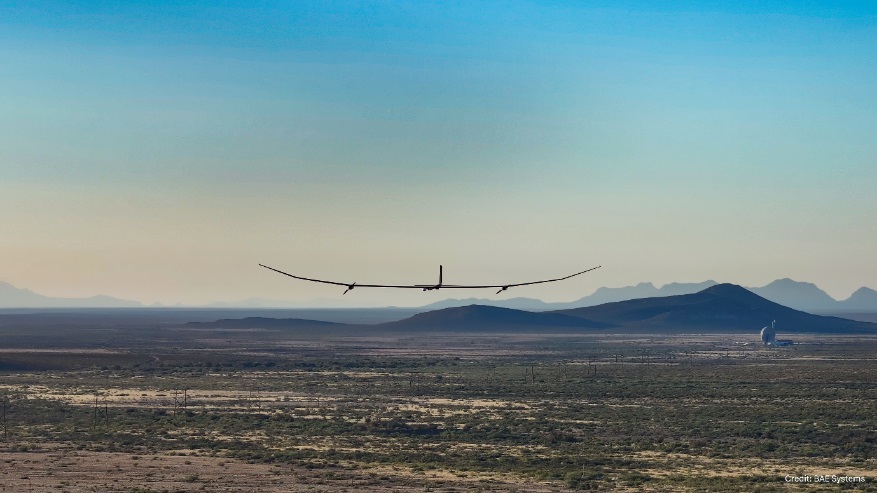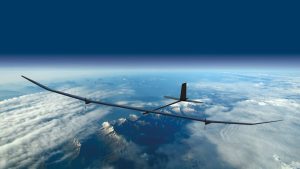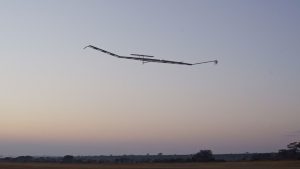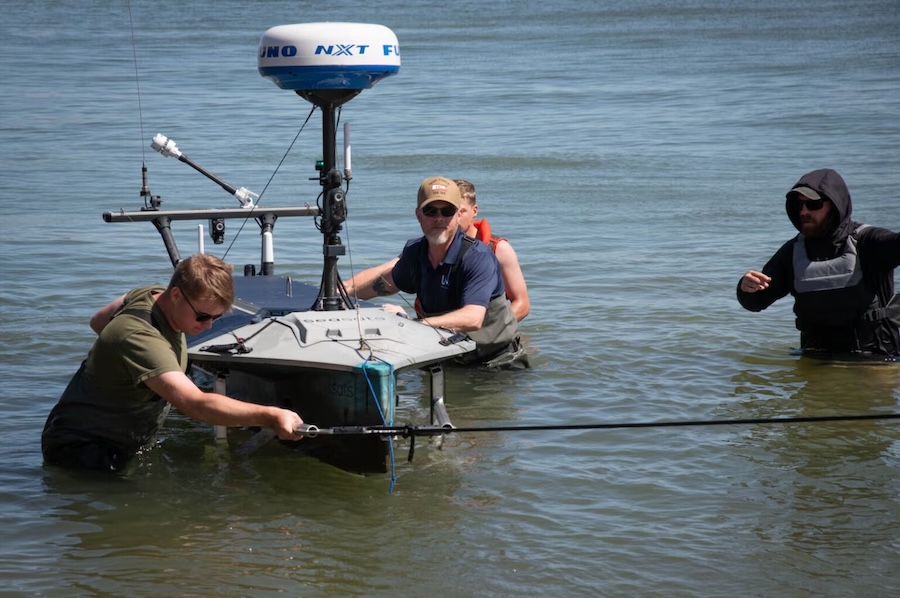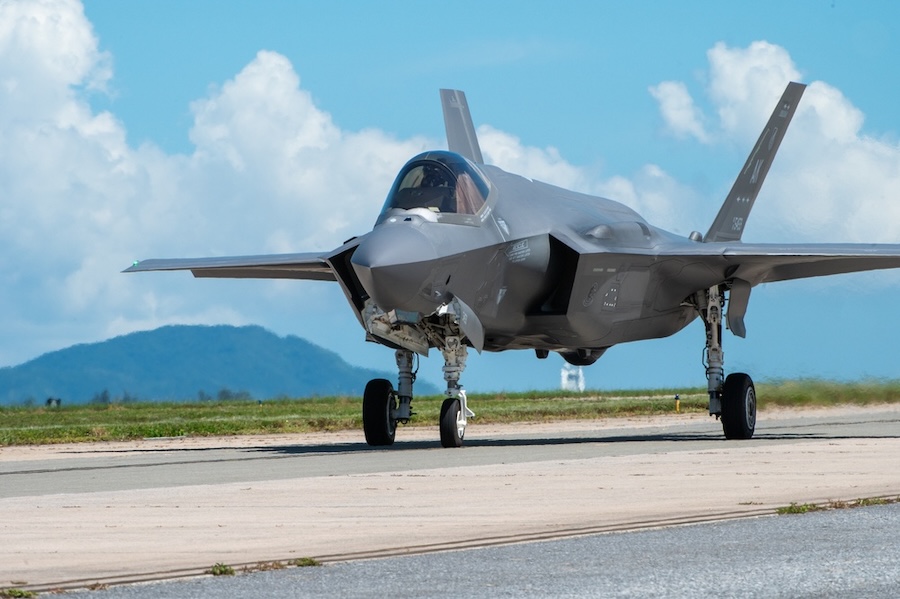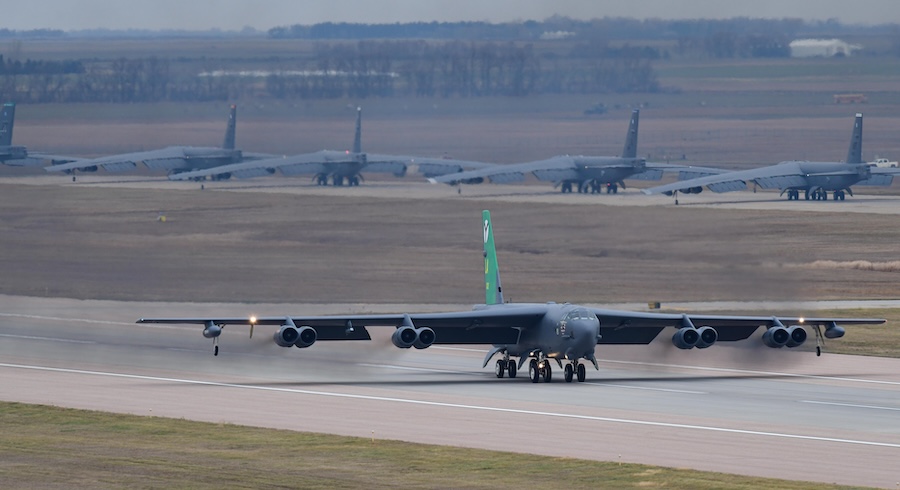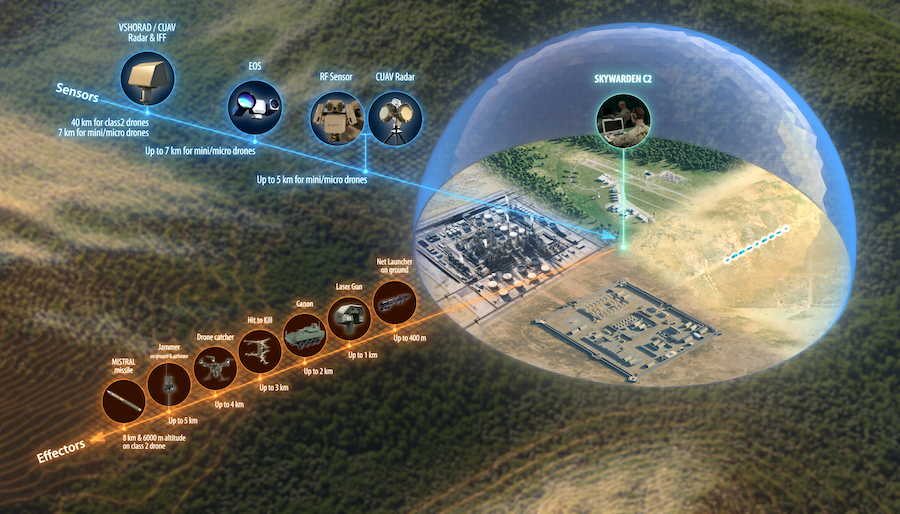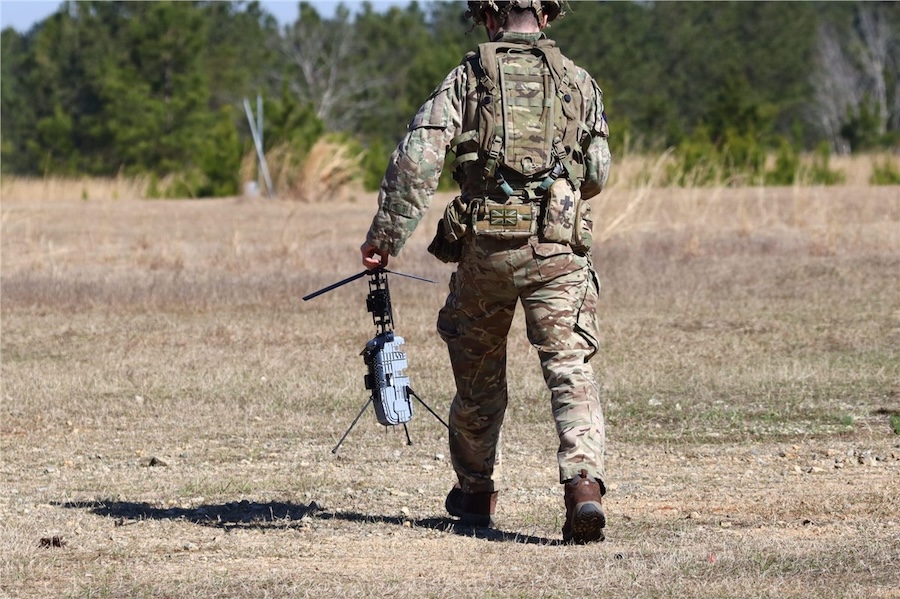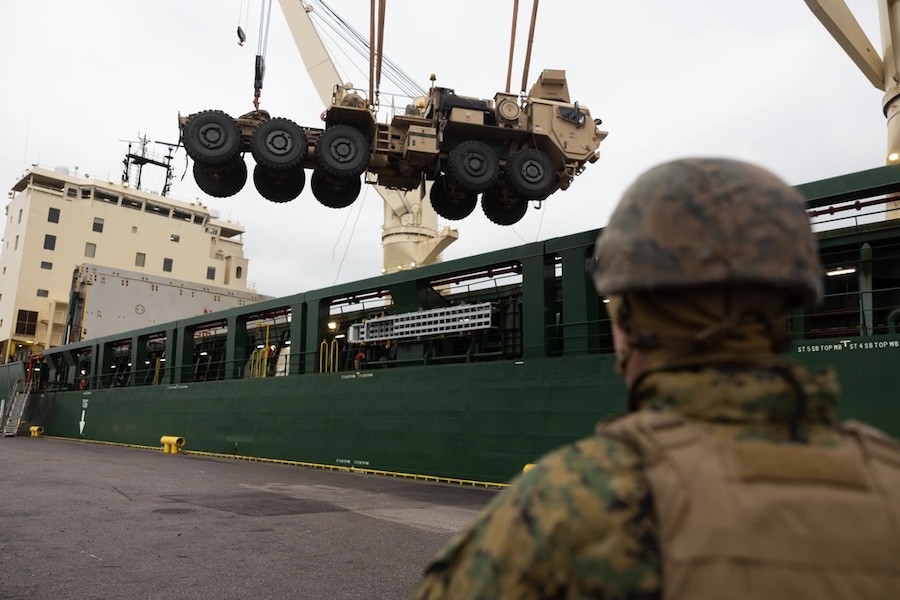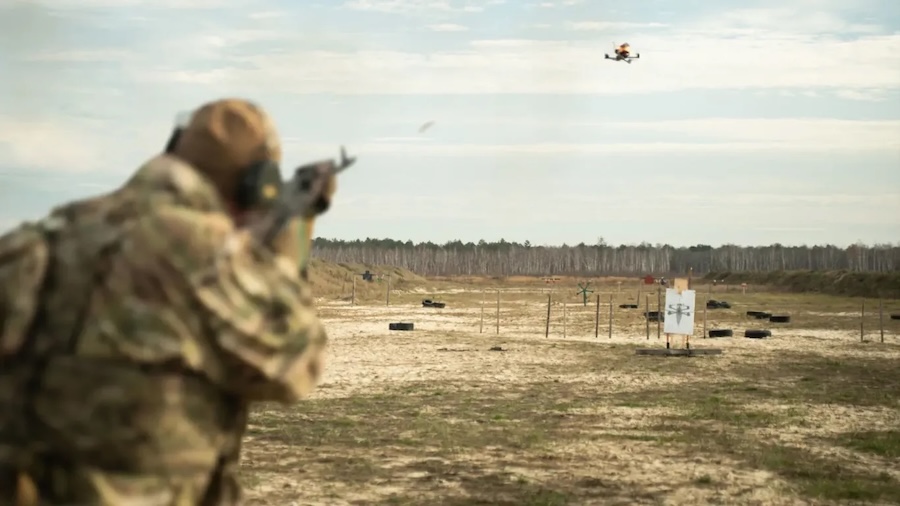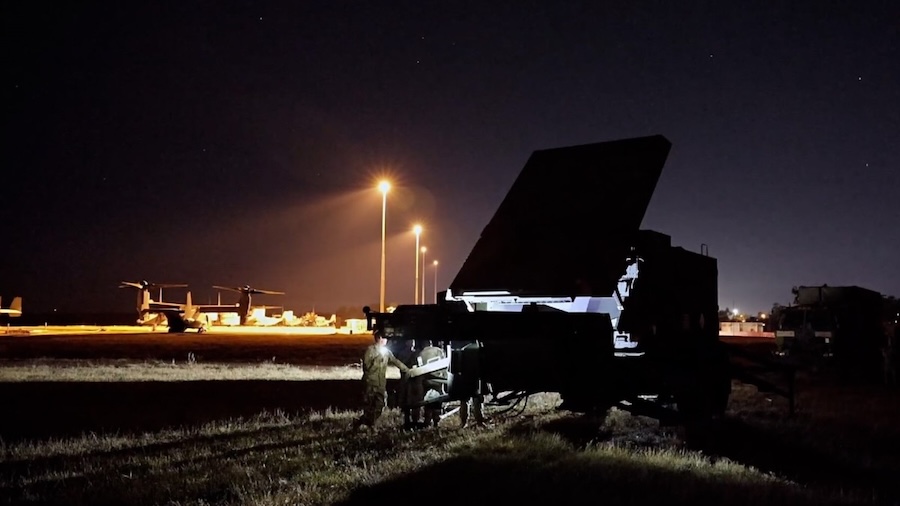Designed to operate in the stratosphere, PHASA-35 offers a long-endurance and cost-effective alternative to traditional communication and imaging systems. The system enables payloads to be deployed high above Earth without the need to enter space.
The aircraft is equipped with advanced solar photovoltaic technology, which powers its electric motors and recharges its batteries during daylight. These batteries, developed by Lincad, then sustain the aircraft through night-time operations.
Lincad has contributed its expertise in battery management systems (BMS), delivering a high voltage BMS that ensures control, regulation and safety for peak performance and longevity. The bespoke design features class-leading lithium-ion pouch cells and is tailored specifically for the endurance requirements of PHASA-35, which is engineered to remain airborne for extended periods.
To meet the project’s demands, Lincad’s engineers tackled several technical challenges, including the need to maximise energy and power density within strict weight and size constraints. A unique battery build procedure was also created for the high voltage modules needed to power the aircraft.
Peter Slade, Lincad Joint Managing Director, commented, “PHASA-35 is a hugely exciting project that is pushing the boundaries of what’s possible in HAPS and UAS technology. We were thrilled to secure this contract to supply a bespoke battery system for this world-leading engineering project and look forward to developing the technology further with Prismatic in the future.”
Bob Davidson, Prismatic CEO, added, “PHASA-35 is a British designed and built system that is the result of successful collaboration with companies big and small. We’re really proud of the work we’ve done to mature PHASA-35 at pace ready for operation as soon as 2026. Our technology collaboration with Lincad is invaluable in ensuring we’re creating a market leading capability with PHASA-35 right here in Britain.”
PHASA-35 has already proven its capability with successful stratospheric flight trials in 2023 and 2024, reaching altitudes above 66,000 feet. Weighing only 150 kilograms and spanning 35 metres, the system is designed to support applications such as monitoring, communications, security and surveillance, with a flexible payload that can adapt to future technological developments.




